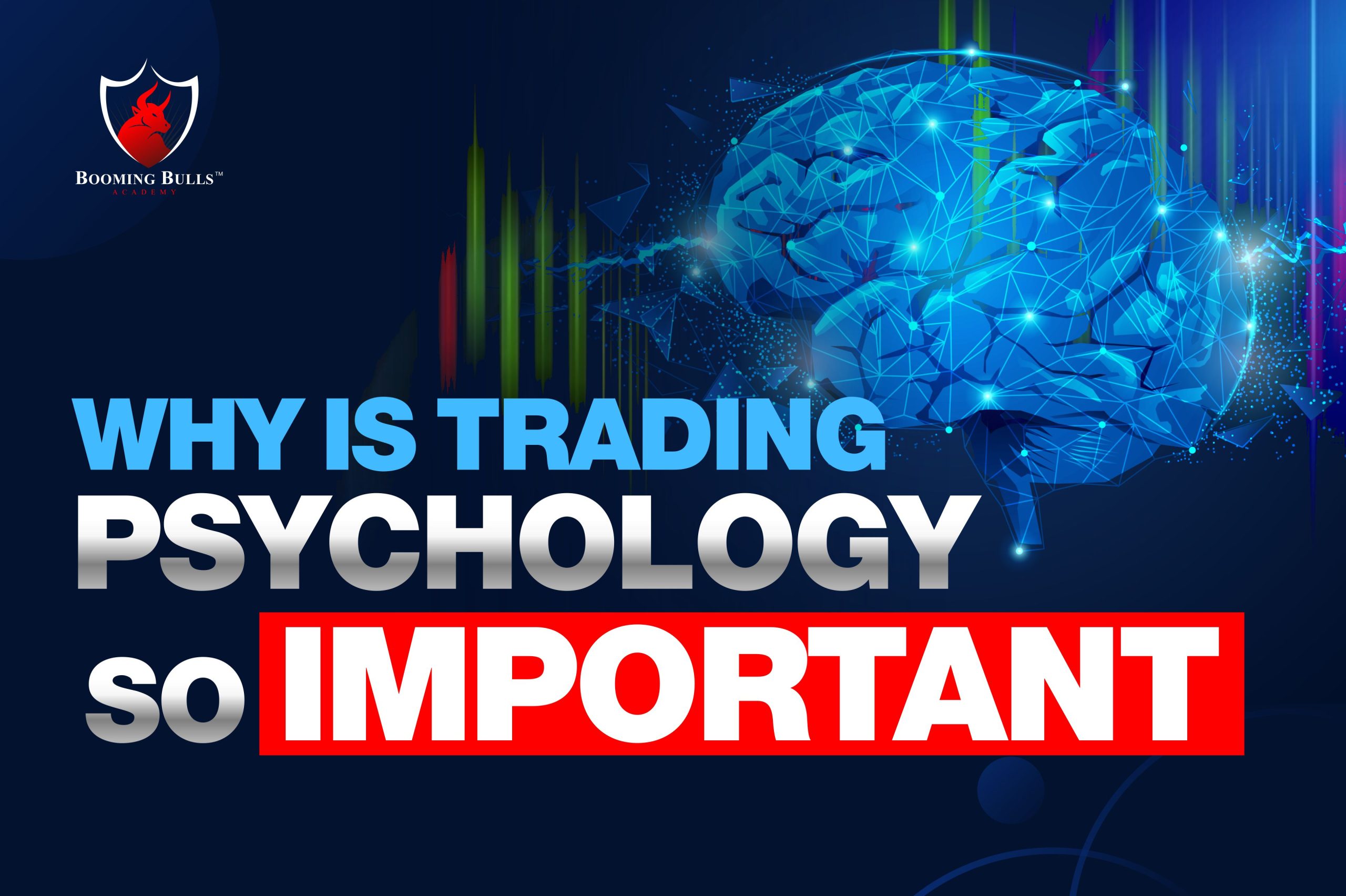Imagine unlocking the potential of the financial markets, where the allure of profit tantalizes even seasoned investors. This is the realm of options trading, a domain that offers both immense opportunities and significant risks.

Image: www.visualcapitalist.com
Options trading, like a captivating dance, involves understanding the intricate relationship between two parties: the buyer and the seller of an options contract. At the heart of this dance lies an underlying asset, be it a stock, a bond, or even a commodity. The buyer of an options contract acquires the right, but not the obligation, to buy or sell the underlying asset at a predetermined price on or before a specified date. On the other side of the equation, the seller of the options contract bears the obligation to fulfill the buyer’s request if exercised.
Delving into the depths of options trading, we unearth a treasure trove of concepts that shape the decisions of every prudent trader.
The Call and Put Options
These two fundamental options serve as the building blocks of options trading. A call option grants the buyer the right to purchase the underlying asset at the strike price on or before the expiration date. Conversely, a put option provides the buyer with the right to sell the underlying asset at the strike price on or before the expiration date. Strike price, a pivotal concept, represents the predetermined price at which the buyer can exercise their option.
Premiums and Expiration Dates
When purchasing an options contract, the buyer pays a premium to the seller in exchange for the rights conveyed by the contract. The premium, often quoted in dollars and cents, reflects the market’s perception of the likelihood that the option will be exercised profitably. Expiration date, another crucial concept, marks the day on which the option contract ceases to exist.
Intrinsic Value and Time Value
The intrinsic value of an options contract is the difference between the strike price and the current market price of the underlying asset. Time value, an equally important concept, represents the value of the time remaining until the expiration date. As the expiration date approaches, time value gradually diminishes.

Image: boomingbulls.com
Greeks: Understanding the Risks
Options trading demands an understanding of the Greeks, a set of metrics that measure the risk and sensitivity of an options contract to changes in various factors. Among the most prominent Greeks are delta, gamma, theta, vega, and rho. Delta measures the rate of change in the option’s price relative to the underlying asset’s price. Gamma gauges the sensitivity of the option’s delta to changes in the underlying asset’s price. Theta captures the decay in the option’s value as time passes. Vega measures the sensitivity of the option’s price to changes in implied volatility. Rho measures the sensitivity of the option’s price to changes in interest rates.
Expert Insights
Mastering the art of options trading requires seeking guidance from experienced professionals. Industry experts emphasize the importance of understanding the risks involved and developing a comprehensive trading strategy. They advocate for diligent research, utilizing reputable sources, and seeking professional advice whenever necessary.
The Most Important Concepts In Options Trading

Image: messots.blogspot.com
Harnessing the Power of Options Trading
Options trading, a powerful tool in the hands of savvy investors, offers the potential for substantial returns. However, it is imperative to remember that prudent risk management should always be at the forefront of every trader’s decision-making process.
Embark on this path of financial empowerment today, armed with the knowledge you have acquired. Dive into the world of options trading, where the dance of possibilities awaits your mastery.






